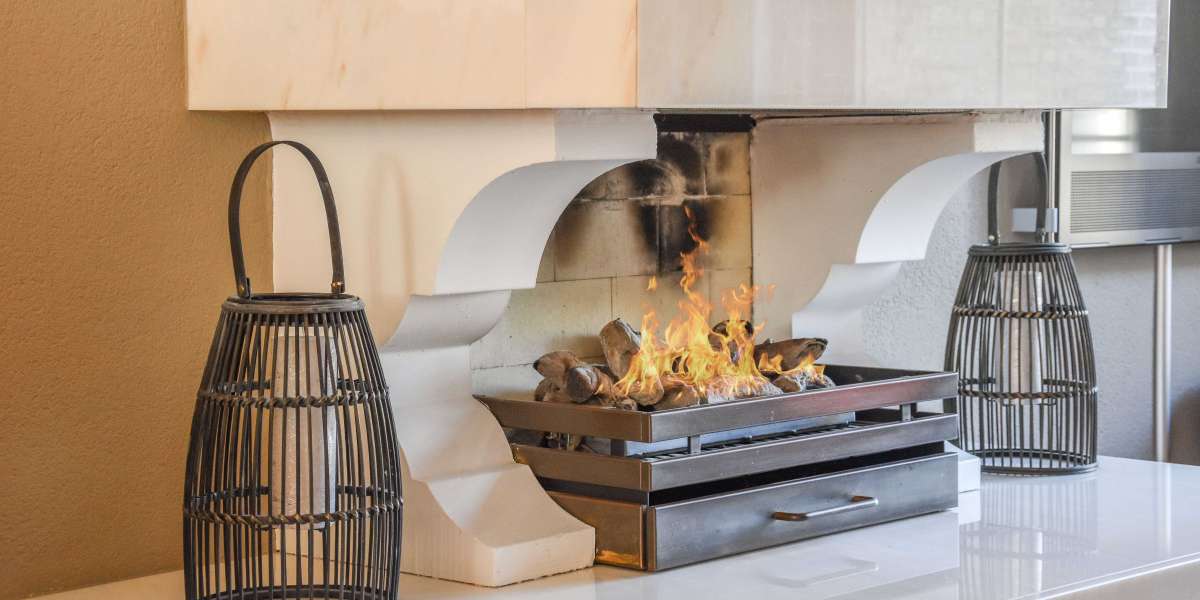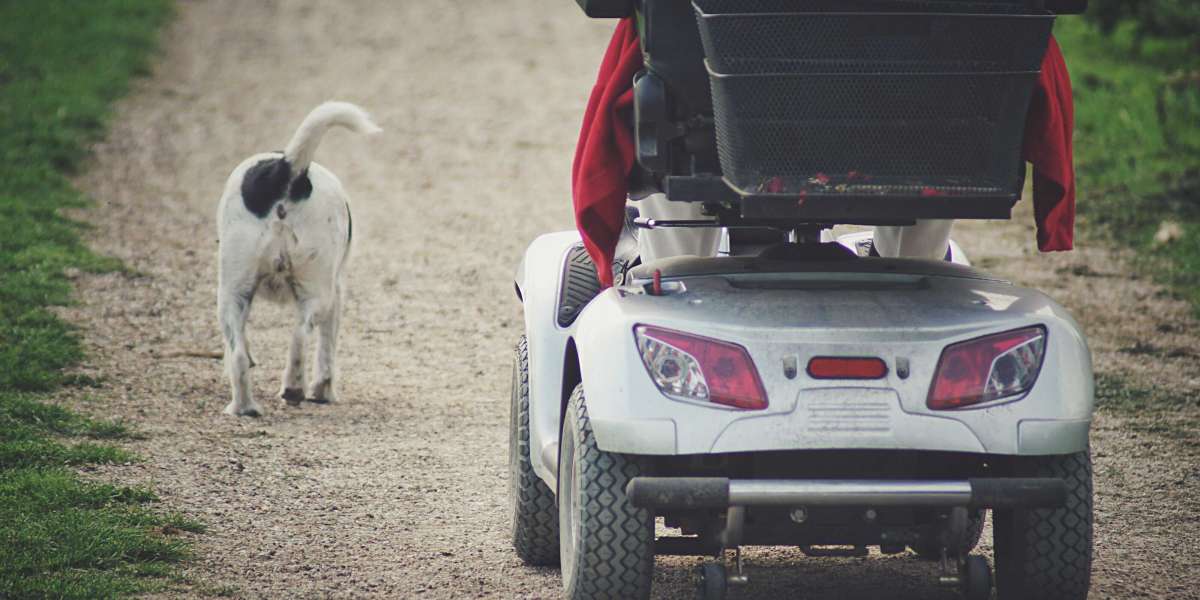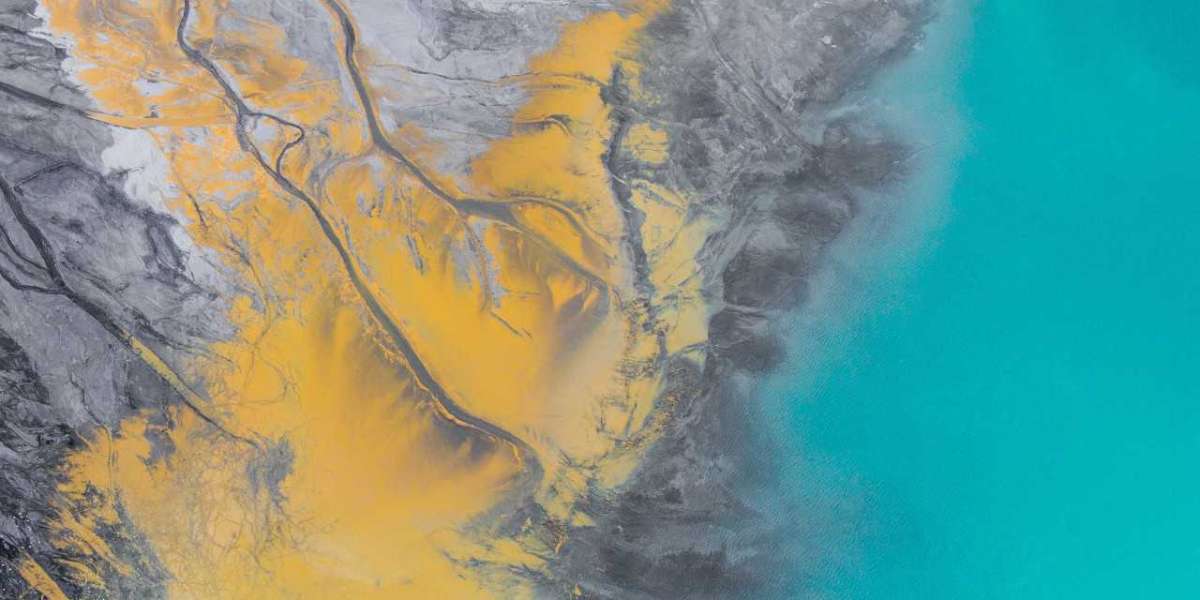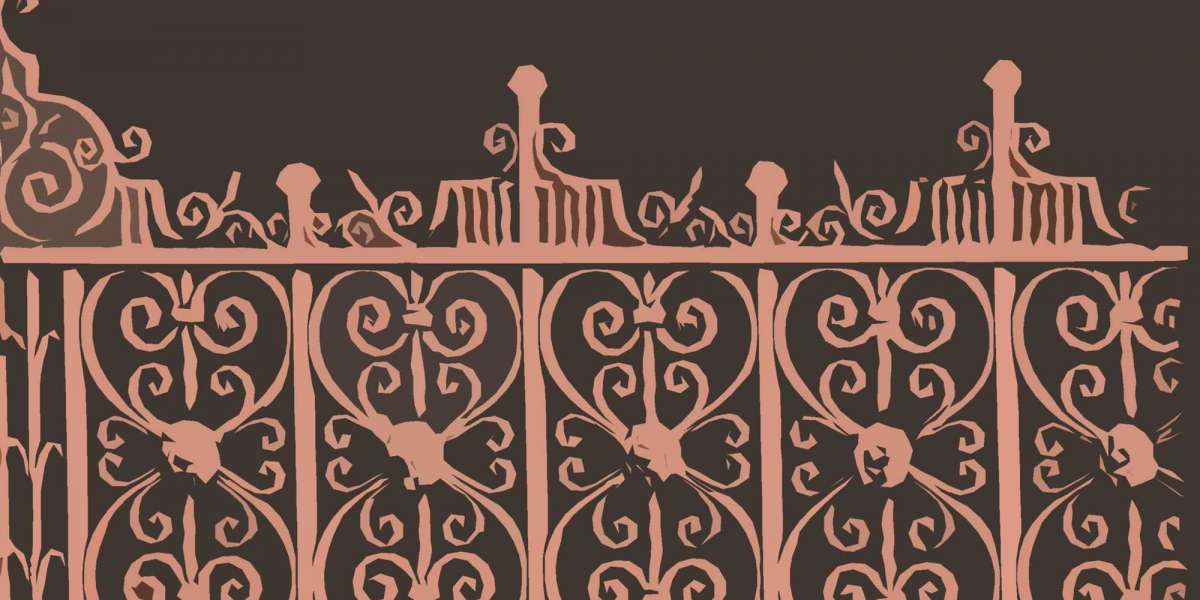The right surround can add personality to your living area and can be used to provide warmth or aesthetics. However, selecting a fireplace surround that complies with code and is safe can be a difficult task.
These custom-built surrounds are made from non-combustible material that adheres to the National Fire Code. They look fantastic in any style of home.
Simple Concrete Surround with Slabs of Marble
A fireplace surround is an important focal point in rooms, and it can add warmth and charm. It is made of various materials and designed to fit a variety of design styles. It's important to consider the style of the room as well as the budget before deciding on the style of the fireplace surround.
Marble fireplace surrounds provide an elegant look that is compatible with many different styles of design. They can be combined with rustic woods as well as modern metals to create an distinctive, modern design. Marble is easy to maintain and it can withstand high temperature making it a good option for a surround.
Stone is a timeless material for fireplace surrounds and has a timeless appearance that works in many homes. It can be carved and etched to give it a more modern look or left untouched to give a more traditional look. Stacked stone veneers can also be used to add depth and texture to rooms.
Granite is a very popular option for modern surrounds around fireplaces. It's tough and able to withstand heat well. It is also available in a variety of patterns and colors making it a great choice to create various styles of design. Quartzite can be molded and shaped to fit a modern surround.
Installing a concrete enclosure for a fireplace may be possible for DIYers. It may seem like a daunting task, but it can be more simple than you imagine when you collaborate with a professional and prepare ahead.
A professional is also recommended when building a marble fireplace surround because it requires a lot of attention to avoid damage. A skilled carpenter will help you avoid costly errors.
If you're going to use tiles for your fireplace surround, be sure it's suitable for high-temperature uses. This information is usually located on the package or ask a staff member at the home improvement store.
Leaning Frame Surround
The fireplace surround is an essential design element that can change the entire room. It's not only meant to be aesthetically pleasing but also has a functional purpose, which is to protect the wall behind the fireplace from fire damage and to reflect heat away from the room. It comes in a variety materials and can be adapted to match any style or décor.
Choosing the right material for an inclined frame surround is key to creating an aesthetic that is purposeful. Concrete is a great option because it's durable and non-flammable. It also has a lot visual appeal due to its natural texture and colour. It's usually poured into a mold, giving you the ability to create a unique shape for your fireplace surround.
Layers are essential when designing your leaning frames. This will make the frame appear deliberate and thoughtful rather than just randomly placed on the wall or on the shelf. Leaning frames are dangerous, so if you're planning on displaying heavier objects like lamps or vases, place a small piece of rubber drawer liner underneath the base to keep them from slipping or damaging surfaces.
Consider adding a wooden board to the bottom of a concrete or marble surround. This will help to keep it in the right place. It will also help reduce the weight and prevent the object from moving as you sip a glass of coffee or wine in the front of your fireplace.
Once you've decided on the material you'll use for the frame's leaning surround then it's time to begin making the actual piece. First, mark the wall you're building with the dimensions of your surround and use a sander to cut cleats along each of these marks. Make sure the top cleat is at least 1 foot longer than the shelf.
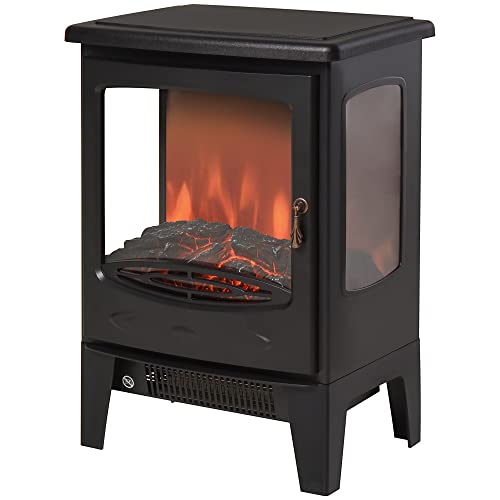 Then, attach the brackets onto the wall. Make sure the bolts are inserted through the backerboard and into the stud. Pre-drilling the screw holes is necessary if needed. After that, secure the mantel to the backer board. Screw the mantel to the studs using lag bolts (2-4 bolts per stud). Make sure the bolts are long enough to cover 2/3 of the mantel's thickness + the thickness of the backer board.
Then, attach the brackets onto the wall. Make sure the bolts are inserted through the backerboard and into the stud. Pre-drilling the screw holes is necessary if needed. After that, secure the mantel to the backer board. Screw the mantel to the studs using lag bolts (2-4 bolts per stud). Make sure the bolts are long enough to cover 2/3 of the mantel's thickness + the thickness of the backer board.Black Firebox Surround
Fireplace surrounds serve a practical and decorative role. They protect walls from damage caused by heat and also help to redirect some of the heat back into the room and can create a fireplace that is an eye-catching feature in a space. The most commonly used materials for fireplace surrounds include metal and wood. Metal surrounds are required by the building code to safeguard nearby combustible materials or to enhance the look of a fireplace.
The fireplace in this contemporary living space has an all-black firebox with white marble accents. The marble is more expensive and requires more maintenance than wood, however it is a striking design feature to the room. The black finish also brings in the dark shades of the furniture as well as the wood flooring to create a cohesive appearance.
While you may associate concrete with sidewalks and driveways, it is an extremely versatile and attractive material for fireplace surrounds. It can be poured on top and then shaped into any shape, giving the user a variety of design options. The concrete surround has been cut into a curved profile giving it a sleek, modern look that contrasts with the darker tones of the brick floor and wood wall.
Wood is another popular choice for fireplace surrounds. It is available in a variety of colors and textures that can be incorporated into any decor scheme. Wooden surrounds are lighter and more economical than masonry surrounds and they can be finished to match the color of your current hearth pad. The majority of wooden surrounds can accommodate decorative items for the mantel, such as lamps and vases.
Some wood surrounds have faceplates that cover the top of the mantel and houses doors for fireplaces. This plate can be attached with decorative fasteners or hinges that resemble the look of iron.
It is important to consider the size of your fireplace when choosing a wood mantel. Building codes stipulate minimum clearance distances to stop a fire from spreading into the home. This distance will vary depending on the type of fireplace, and may also vary from the country to the country or state to state.
Simple Wood Surround
There are many options available for surrounds if you want to give your fireplace a traditional style. Some surrounds are entirely solid oak while others are a combination of materials including stone legs, paired with pine or oak mantels. You can also find pine or oak fire surrounds that are designed to be a simple and affordable alternative.
Many people opt to purchase a pre-made wooden fireplace surround as this is an inexpensive method of getting the style they desire without the expense of the services of a carpenter. Some pre-made pine fireplace surrounds are even available in a range of different finishes to match it to your existing decor.
Another style of wood fire surround is one that is made by hand from a high quality oak. It can be stained with a light oak color or left untreated to let the natural light golden brown of the wood to shine through. This fireplace surround can be used with gas or wood fires. It comes in two different styles: arched or flat.
If you have a bit more experience in DIY home improvement projects, there are plenty of tutorials online that can help you to make your own fire surround from wood. This step-by-step guide from H2O Bungalow shows how to build a rustic wood surround using pine.
The tutorial teaches you how to build the horizontal part, and then the vertical pilasters that support the mantel. When the columns or pilasters are completed, you can install your mantel. The tutorial also shows you how to add the crown molding that will fill in any gaps between the cladding and the surrounding wall.
Since a wooden fireplace surround is made from combustible material it is crucial that you follow your local fire code and keep it 6 inches from the edge of the chimney opening. Use a non-flammable glue to attach the decorative molding to the surround and make sure it stays in the correct position.
